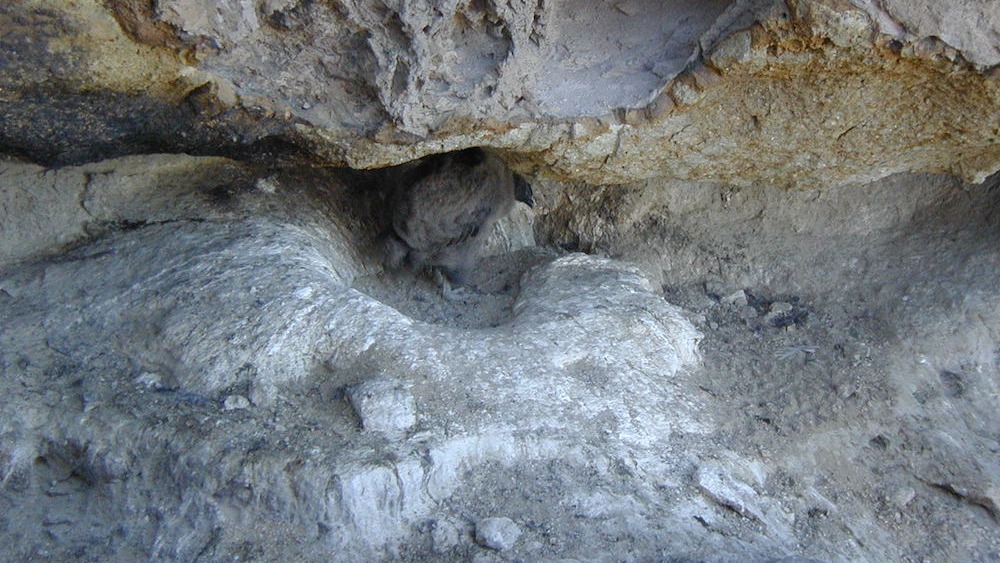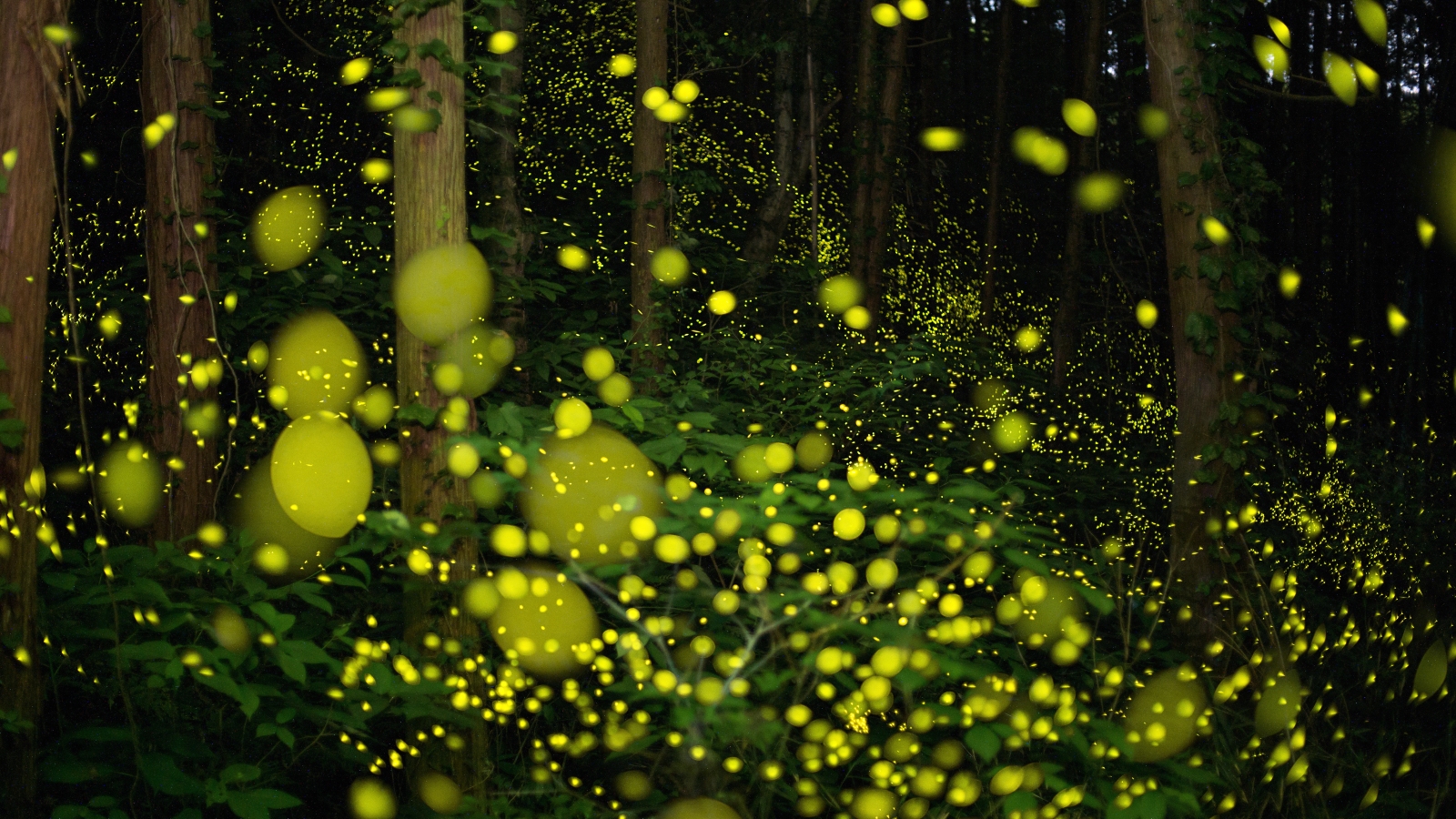Scientists discovered a 2,200-year-old condor poop pile in the Andes. Here's what it told them.
Scientists dug into a 2,200-year-old pile of Andean condor poop to study the species' diet and changes in habitat.

For the past 2,200 years, Andean condors (Vultur gryphus), among the largest known flying birds in the world, have been nesting — and pooping — at a cliffside grotto in northern Patagonia, Argentina. Now researchers are studying the massive pile of guano to learn more about the threatened species and how it has adapted to its environment over time.
To study the doughnut-shaped poop mound, which measures roughly 10 feet (3 meters) in diameter, researchers carved it like a pie, removing a single 10-inch-deep (25 centimeters) slice of excrement. Thanks to the deposit's location inside the grotto, the preserved poo had been well protected from wind and rain, allowing it to amass for thousands of years, according to a study published May 3 in the journal Proceedings of the Royal Society B.
"By looking at the different layers, we could go back in time," lead study author Matthew Duda, a graduate student of biology at Queen's University in Kingston, Ontario, told Live Science. "We carbon dated [the pile] to figure out the nest's age, which is over 2,000 years old."
By examining the preserved poo, the team discovered how the condors' diets had evolved over time.
"Condors are scavengers, and at one time they would fly along the shores and eat carcasses of whales and native species such as llamas and alpacas," Duda said. "But as livestock like sheep and cattle were introduced into South America [by Europeans], their diets changed along with it. We saw a complete shift from before to what is currently most abundant for them to eat."
Related: Critically endangered condor chicks are species' 1st known 'virgin births'
Unfortunately, this shift also meant the condors are ingesting more lead, which Duda attributed to "lead shot being used to kill vermin, which the condors would then eat." These toxic metals were then excreted by the birds.
Get the world’s most fascinating discoveries delivered straight to your inbox.
"We saw that the concentration of lead was significantly higher now than in the past," Duda said.
This is particularly concerning since Andean condors are on the Red List of Threatened Species monitored by the International Union for Conservation of Nature, and their numbers continue to dwindle with only about 6,700 adults still living in the wild.
The researchers also noticed that for one 1,000-year stretch of time, roughly between 650 and 1,650 years ago, the condors more or less abandoned the site, resulting in the guano accumulation dropping drastically from approximately 3 cubic feet (0.08 cubic m) per year to 0.11 cubic feet (0.003 cubic m) per year. They think that increased volcanic activity forced the condors to leave, according to the study.
"We measured an increase in sulfur and sodium, which are both associated with volcanic activity," said Duda, who suspects that as volcanic ash blanketed the surrounding vegetation, herbivores were forced to leave in search of new food resources, causing the condors to take flight too.
The researchers plan to study other Andean condor deposits in the region to determine "baseline conditions" for the sites, eventually applying their methods to other threatened bird species, including oilbirds (Steatornis caripensis), a nocturnal fruit-eating bird that uses echolocation to navigate.
"It is clear that quality breeding sites are critical for this species' survival," the study authors wrote in their paper. "To support effective conservation efforts, nesting and roosting sites need extensive protection."
Jennifer Nalewicki is former Live Science staff writer and Salt Lake City-based journalist whose work has been featured in The New York Times, Smithsonian Magazine, Scientific American, Popular Mechanics and more. She covers several science topics from planet Earth to paleontology and archaeology to health and culture. Prior to freelancing, Jennifer held an Editor role at Time Inc. Jennifer has a bachelor's degree in Journalism from The University of Texas at Austin.



